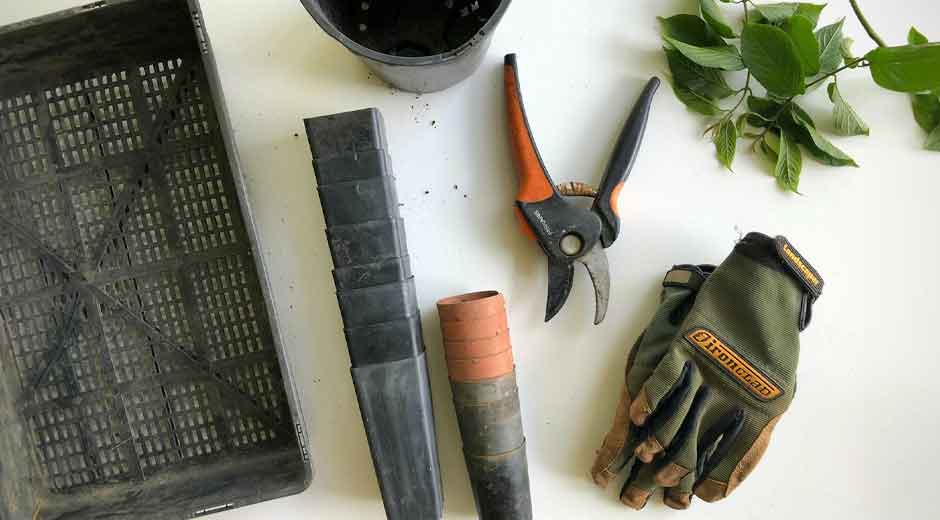Real-Time Process Mapping: Moving Beyond Annual Workshops

In many companies, process mapping used to be something that happened once a year. Managers gather in a meeting room, draw flowcharts on a whiteboard, and make consequent plans to improve the situation. In this accelerated world, such annual workshops no longer suffice. Real-time process mapping has become the new trend, as it aims to keep businesses up to date, improve efficiency, and allow faster resolution, while depicting how the work gets done, as opposed to how people might believe it does.
Let us put things into simple terms for anybody to get why such an erosion becomes so important and what sort of thing this is becoming in the new work.
What Is Process Mapping?
Process mapping is like creating a step-by-step guide on how work is done in a company. It is like drawing a map of every imaginable thing people do to accomplish a task. For example, a hospital process map would help map out the steps in patient care from patient admission to discharge.
With this map, teams can see what is working well and what needs fixing. It’s a smart way to find delays, repeated steps, or gaps. When a process is clear, it’s easier to fix mistakes, speed things up, and save money.
Why the Old Way No Longer Works
Earlier, companies used to do process mapping during yearly planning sessions or annual workshops. But that’s too slow for today’s needs. Things change fast — new tools, customer needs, rules, and staff changes all affect how work is done.
Waiting a whole year to find problems means businesses lose time and money. Teams might still follow outdated steps without even realizing it. That’s why real-time process mapping is now a must-have for any company that wants to stay competitive and flexible.
What Is Real-Time Process Mapping?
Real-time process mapping means seeing how work is happening right now. Instead of waiting to gather information later, companies can track every click, scan, or form filled out — live, as it happens.
This helps:
- Spot problems quickly
- Fix issues before they grow
- Improve work as it happens
It’s like using GPS instead of a paper map — you always know where you are and where things might go wrong. This live insight means teams can be more proactive and less reactive.
From Process Mapping to Process Mining
This is where process mining comes in. Process mining is a smart tool that looks at data inside company systems (like order systems or HR software) and builds real maps of how work is being done.
Instead of people guessing the steps, the software reads the facts. It sees every action taken and shows what really happens, not just what’s written in manuals or told by employees.
Process mining uses event logs — data recorded every time someone uses a system — to create a clear picture of how processes flow, where delays happen, and where errors occur.
But there’s a catch.
Process Mining vs Process Discovery: What’s the Difference?
People often mix up process mining with process discovery. Let’s clear that up:
- Process mining uses data from systems to see the real steps happening inside digital tools.
- Process discovery involves watching and talking to people to understand the full picture, especially for work done outside systems or manual steps that don’t leave a digital trail.
That’s why both are important. Process mining shows you the data, and process discovery shows you the human side, like how employees feel, how they communicate, and the small tasks that systems don’t record.
Together, they give a full view of the process.
Why Task Mining Matters Too
Now, imagine this: Some steps in a process aren’t done in big systems. Instead, they happen on someone’s computer, like opening a file, copying data, or typing a note. Those little actions aren’t always tracked by process mining.
That’s where task mining comes in.
Task mining records the small tasks people do on their computers — like clicks, typing, or switching between applications. It fills in the missing details that process mining misses.
That’s why people talk about Process mining vs Process discovery — not as a competition, but as teamwork. You need both to truly understand and improve how work gets done.
Benefits of Real-Time Mapping with Mining Tools
Here’s what companies get when they move to real-time mapping and combine it with process and task mining tools:
- Faster problem-solving: Spot and fix slow or stuck steps right away
- Better decisions: Use real data, not guesses or outdated reports
- Happier teams: Remove boring or repeated tasks so employees can focus on valuable work
- More savings: Avoid waste and errors that cost money
- Quick wins: Improve processes often, not just once a year
These benefits help businesses become more flexible and ready to face new challenges.
Real-Life Example
Let’s say an insurance company is processing claims. With traditional process mapping, they draw the steps once a year. But with real-time process mining, they find out claims take 7 days instead of 3, and many are stuck waiting for approvals.
By adding task mining, they also discover that staff spend a lot of time copying data between systems. The company then automates that part — saving hours of work and speeding up claims.
This live insight not only improves the process but also makes customers happier because claims get settled faster.
How to Get Started
You don’t need to change everything at once. Here’s a simple way to start:
- Pick one key process (like billing or onboarding)
- Use process mining software to collect and analyse system data
- Add task mining tools to capture small manual actions
- Look at the real-time map to see the full picture
- Improve step-by-step, testing and measuring results
Repeat this for other processes over time. Soon, your company will be more efficient, responsive, and ready to grow.
Final Thoughts: The Future Is Real-Time
Companies can’t afford to wait a year to fix their problems. Real-time process mapping gives a live view of what’s happening inside their work.
When you combine real-time process mapping with process mining and task mining, you get the full story — both the system steps and the human effort behind them.
This approach is simple, smart, and effective. It helps companies work better today, not just plan for tomorrow.
If your team is still stuck in yearly workshops, it’s time to move forward. Use real-time process mapping and smart mining tools to work faster, waste less, and grow stronger. Because in today’s fast-changing world, speed and insight win.





